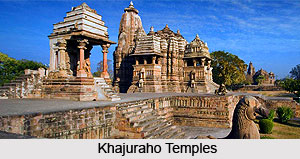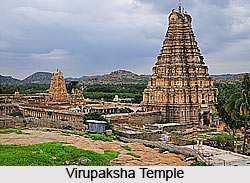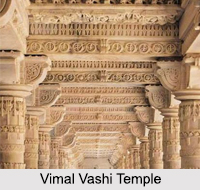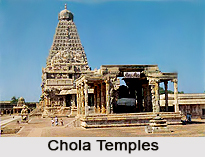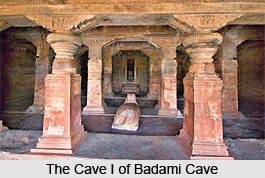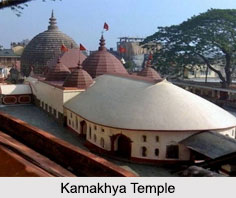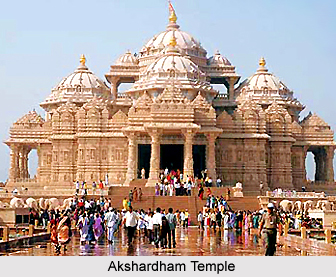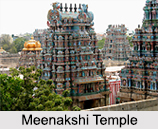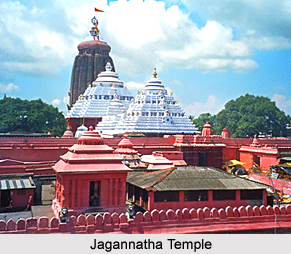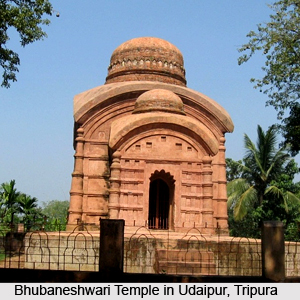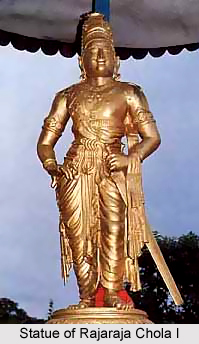 History of Brihadeeswarar Temple, situated in Thanjavur district of the Indian state of Tamil Nadu, dates back to 1002 CE. The foundation of the temple was laid out by Arulmozhivarman, a Tamil emperor, who was popularly known as Rajaraja Chola I. The temple marked the first monument of the great Tamil Chola building projects. The temple was constructed by the emperor as per the command he received in his dream for gracing the throne of the Chola Empire. The architectural splendour of the temple represents the Chola tradition with a symmetrical and axial geometry ruling the layout of the temple. Temples belonging to this period, including Brihadeeswarar Temple, were the representatives of the artistic expertise, power and wealth of Chola Empire. The temple features multifaceted columns having projecting square capitals which mark the arrival of the new Chola style.
History of Brihadeeswarar Temple, situated in Thanjavur district of the Indian state of Tamil Nadu, dates back to 1002 CE. The foundation of the temple was laid out by Arulmozhivarman, a Tamil emperor, who was popularly known as Rajaraja Chola I. The temple marked the first monument of the great Tamil Chola building projects. The temple was constructed by the emperor as per the command he received in his dream for gracing the throne of the Chola Empire. The architectural splendour of the temple represents the Chola tradition with a symmetrical and axial geometry ruling the layout of the temple. Temples belonging to this period, including Brihadeeswarar Temple, were the representatives of the artistic expertise, power and wealth of Chola Empire. The temple features multifaceted columns having projecting square capitals which mark the arrival of the new Chola style.
Brihadeeswarar Temple was built as a royal temple in order to exhibit the vision of power of the emperor along with his relationship with the universal order. In ancient times it served as the site for prominent royal ceremonies including associating the king with his deity Lord Shiva and anointing him. The emperor also used to mirror the daily rituals of the deity. The Tamil civilisation in south India and the ideologies of the Chola Empire aptly reflects through the Dravidian type of temple architecture which structures the temple. It also mirrors the zenith of artistry achieved in the empire in terms of bronze casting, painting, sculpture and architecture. Brihadeeswarar Temple has been credited as the first temple fully constructed on granite. Its construction was completed within a period of five years from 1004 AD to 1009 AD.
This article is a stub. You can enrich by adding more information to it. Send your Write Up to [email protected]
